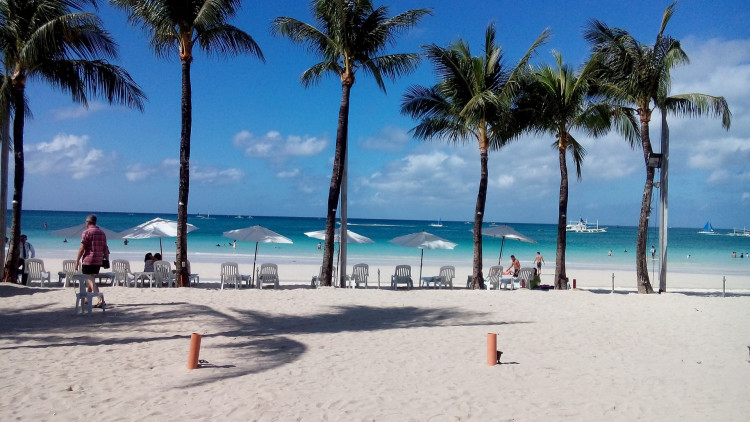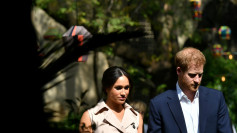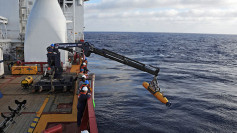Boracay, the world's famous beach for its white sand, reopens on Oct. 26 after a six-month-long rehabilitation led by President Rodrigo Duterte.
Tourism Secretary Bernadette Romulo-Puyat said the government hoped that the island's rehabilitation would serve as a model for sustainable tourism, a method that aims to strike a balance between economic opportunities with the people's social responsibilities.
In a speech ahead of the official reopening, Duterte assured that the island would no longer welcome casinos and additional hotels than the original number approved by the government. The president said he would rather let the locals of Boracay own the lands in the region. The controversial president added that Boracay would have to say no to all rich investors even if they promise to pour millions in the island.
Tourists, as well as businesses, who are thrilled to come back to the popular island, should be ready to follow tougher regulations. Essentially, the island would no longer be a "party place" which people had come to know in the past.
Only 6,000 people per day are going to be allowed inside the island and the number of people staying at any time should not be more than 19,000.
All forms of gambling are strictly prohibited, as well as drinking and smoking public places.
Parties are no longer permitted. Even an annual summer festival which used to draw more than 60,000 tourists yearly has now been banned.
Water sports, such as jet skis, are also prohibited until further notice. Popular sand castle making would be strictly controlled to a minimum.
Only those with confirmed bookings with government-approved hotels would be allowed entry to the island. To date, only a quarter of the more than 400 hotels were given the green light by the government. Others who have pending approval need to comply with the requirements set by authorities. Hotels that have already gotten approval from the government include Shangrila's Boracay resort Spa, Movenpick Resort and Spa Boracay, and Discovery Shores Boracay.
Boracay welcomed more than two million tourists in 2017 alone, according to Nikkei Asian Review. A third of this was South Koreans and Chinese.
The Philippines tourism industry is gaining traction among international travelers. The country saw an 8.3 percent increase of 5.4 million foreign tourists during the first nine months of 2018. Profits from the tourism industry accounted for 11 percent of the country's earnings in 2017 and as much as 5.3 million people are working in the industry.
Elsewhere in Asia and the Pacific, tourist arrivals grew 6 percent or 323 million in 2017. This means that about a quarter of the world's populations are coming to the region according to a new research report from the United Nations World Tourism Organization. Asia and the Pacific is the world's most visited destination, second after Europe.
The region accounted for 17 percent or $390 billion in receipts of the worldwide tourism earnings. The region also accounted 37 percent of 335 million international travelers driving the growth of the long-haul sector. Eighty percent of these travels were destinations in Asia.






